Raised in California surrounded by what he describes as “gang life, dealing, and death,” Castro pursued photography as a creative outlet as he actively worked to overcome the truffles of his home. He went on to pursue street photography that connected him with hip hop artists, fashion designers, and various LA subcultures until the pandemic, during which he took a daring transition by founding a magazine/art community that champions emerging creatives as well as a new, experimental series of his own work called Ethereal.
Ethereal, all shot on 35mm film, is an abstract photographic series translating the colors and unpredictability of LA in ways that are revelatory for Castro, who developed the series during lockdown as he watched people he knew get sick. The result is an emotive body of work that continues Castro’s mission to immerse viewers in literal and metaphorical light alongside the other emerging artists he highlights in Tainted Magazine.

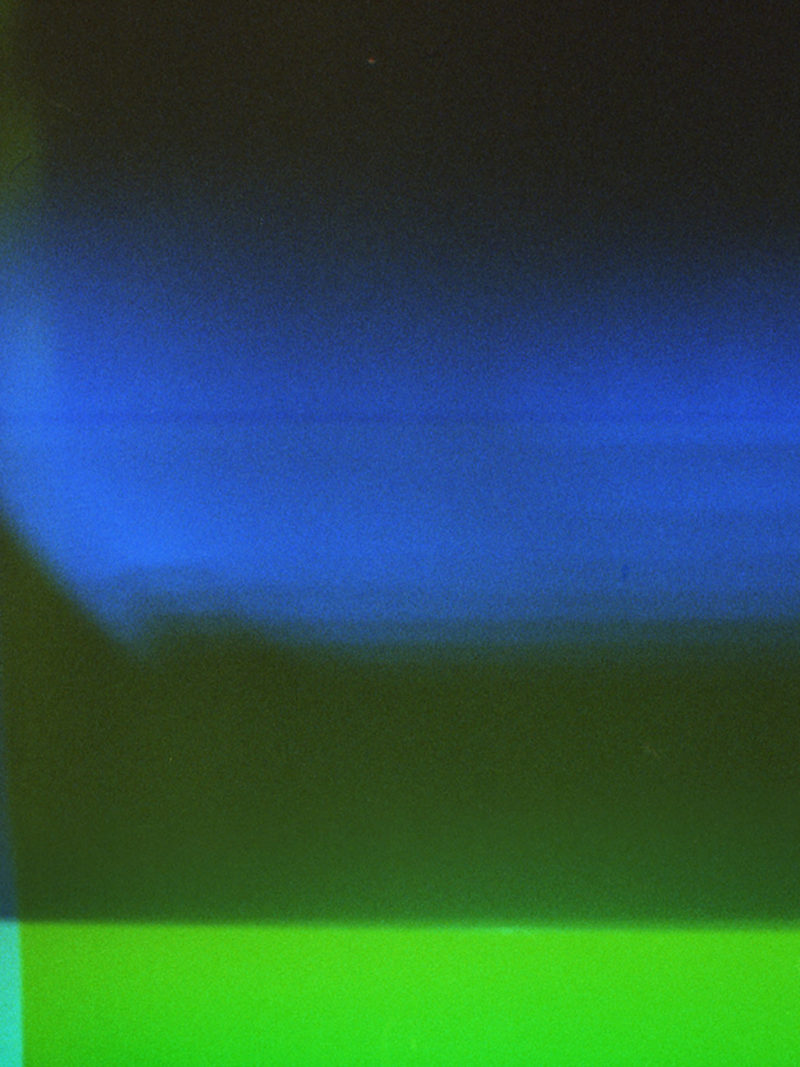
Emerald Arguelles: Can you discuss your introduction to photography?
Castro Frank: I was part of the graffiti scene as a teenager. Having a disposable camera with you to capture some shots of you and your friends’ work was normal. That’s what most graffiti writers did since camera phones weren’t around yet.
Without knowing exactly when, I started putting down the spray can and caring more about the camera. Unsurprisingly, my friends and I were eventually arrested while working on a piece in the Los Angeles River. The cops took my disposable and even snapped photos of us being arrested. That was when my life pivoted and I left graffiti writing behind.
A few years later, when I was around 19, I moved to Iowa in pursuit of love. My girlfriend’s uncle let me work on a local construction site and I must’ve clearly looked out of my element because one day a woman who looked important approached me wearing this hard hat and asked me if I knew what I was doing. I admitted that I didn’t, and she explained I was working on her brand new photo lab at a Super Walmart. She hired me on the spot to work there when the job was complete even though I didn’t know a thing about processing film yet. The rest is history.
EA: How has your environment affected your work?
CF: My work has always been heavily influenced by my childhood and where I was raised.
Everyone and everything I was exposed to and experienced is what allows me to appreciate the beauty in the world and create art.
That being said, street photography and appreciating people from different walks of life, even if those walks are difficult, definitely comes natural to me. I have always felt a deep connection to the streets and the people I’ve come across who remind me of where I come from. In a way, it has taught me to find compassion and understanding for my own father who is schizophrenic. Hearing and appreciating all of the stories of others has influenced my way of seeing the world and helped me grow as a person as well.
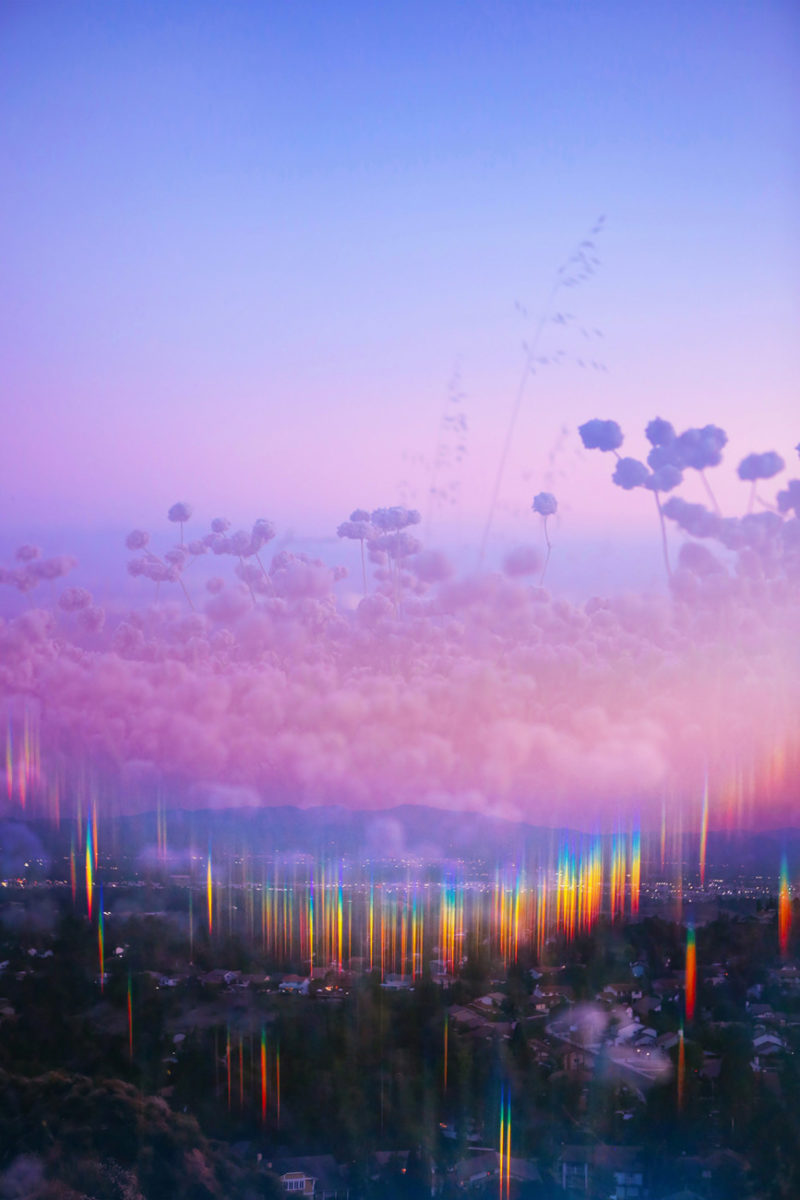

EA: Can you discuss the inspiration and beginning stages of Ethereal?
CF: When LA began closing everything down in 2020, I felt like the world was out of control and there was a lot of anxiety in that uncertainty. As an artist, I naturally always turn to art as my meditation and therapy in times of great emotion. I remembered working in that photo lab in Iowa, where I began my career by shooting and developing my own film. I remembered the first few frames of every film roll always had a bit of light leak, which would make the frame useless for the owner but simultaneously capture beautiful and uncontrollable light flares. I decided to chase that concept of uncontrollable yet beautiful art and unexpectedly created my Ethereal series. It’s a series that isn’t about being in control of the outcome but about embracing the realization and organic beauty of not being in control.
EA: What was the process of creating Ethereal?
CF: The process was discovered through the light leak that happens in the beginning frames on a film roll that are usually exposed to the light when being loaded into a spool. These frames are usually thrown away, but I really embraced them instead. I leaked rolls over and over and used that as my foundation to create the entire collection and the surreal and celestial colors are the result of that process.

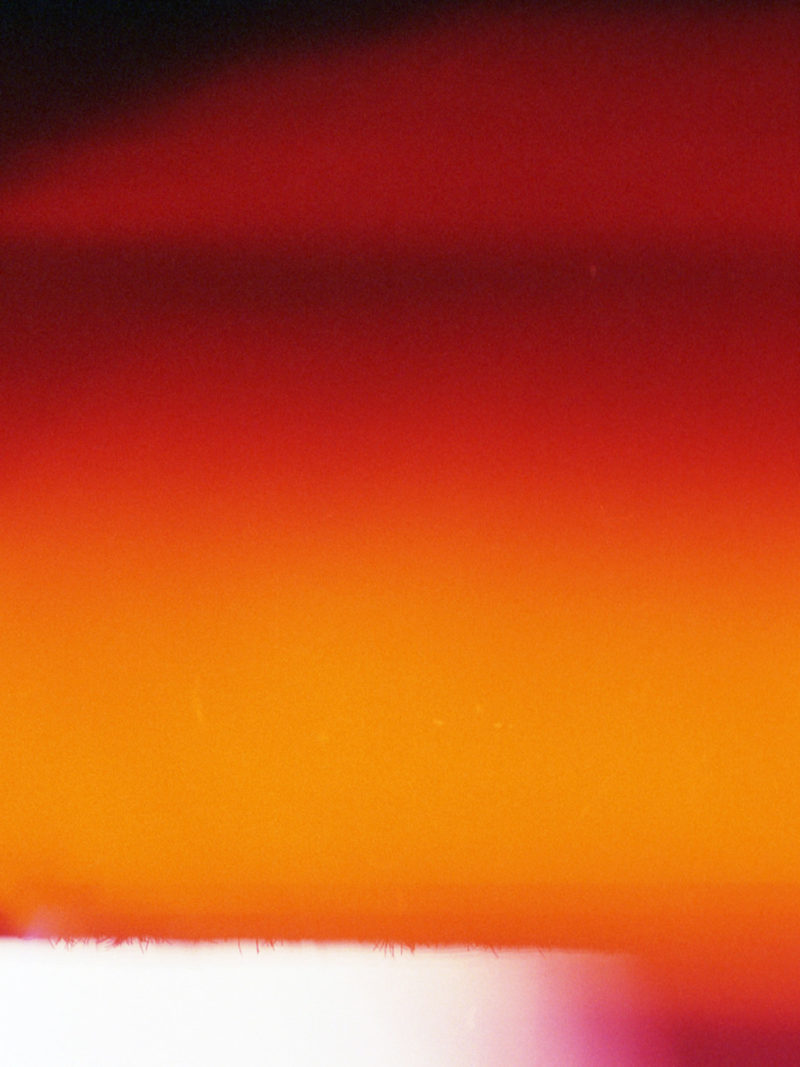
EA: How has color theory and color psychology influenced your work?
CF: Honestly, with this series, not so much. Every time I’m asked this, I like to quote a real legend with color usage. Jeff Koons said, “Color is one of the main tools an artist can use to communicate. Colors are embedded with meaning that can create a connection between you and the viewer.” I truly believe that.
With Ethereal, I could only influence the colors I captured to a limited extent, so when I saw the results, it was like I was the first person on this earth to be surprised and moved by it.
.
EA: What would you like viewers/readers to know about your work?
CF: I think the challenge to create something meaningful is what drives me when creating art. I never want to let myself be confined to what society expects of photography or even to a single specific medium as long as it is impactful to the viewer.
I would like viewers to know that each piece holds a story and sometimes even a reflection of ourselves. Allow yourself to see the art and allow yourself to embrace what it makes you feel by seeing it.
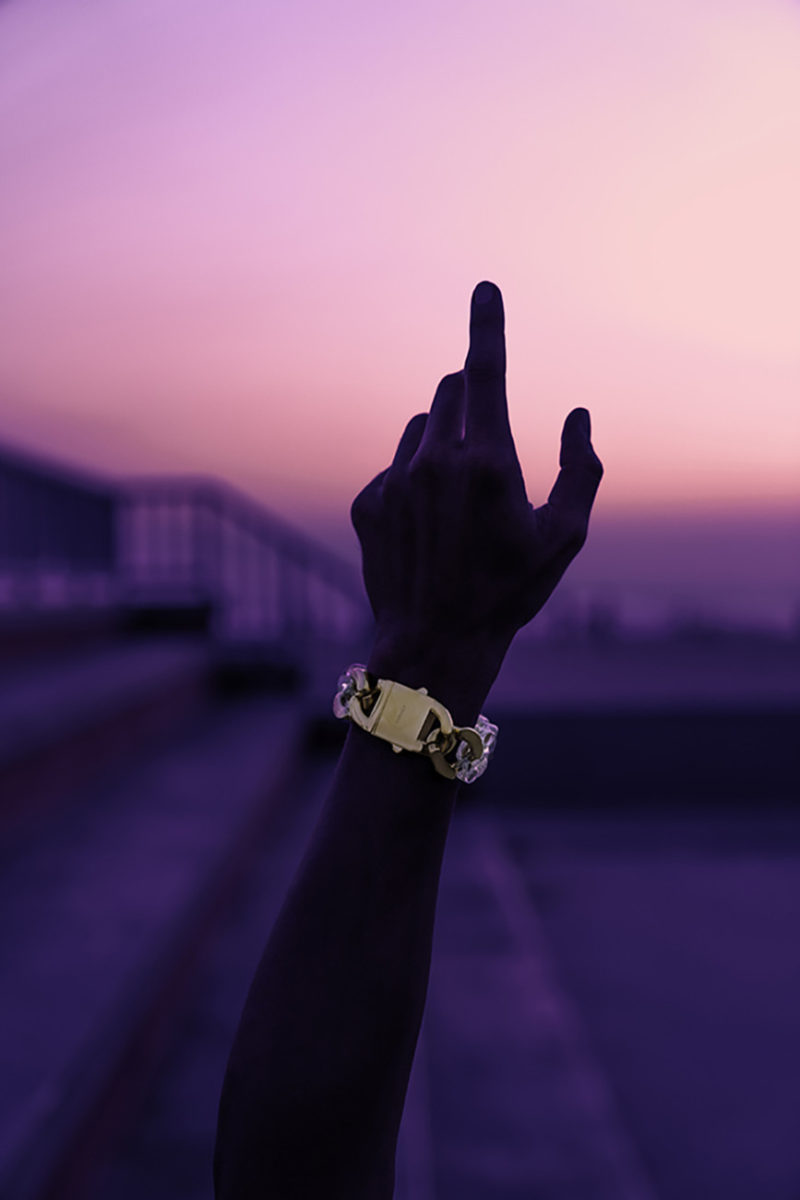

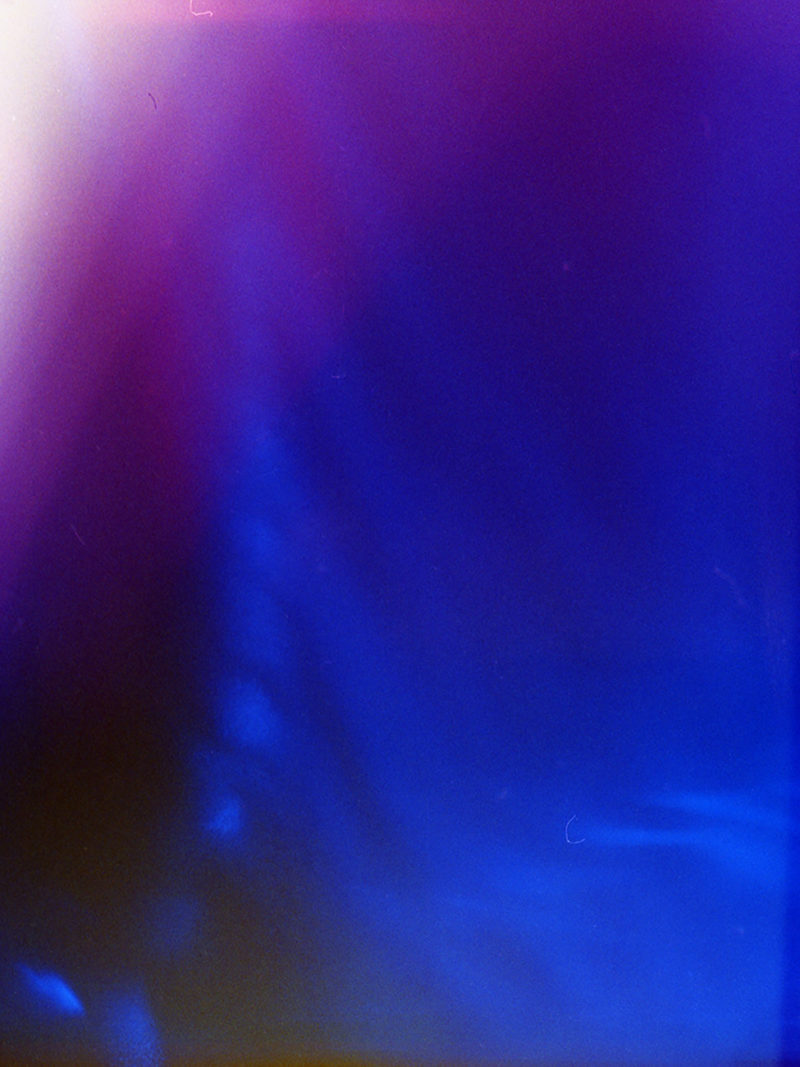
To view more of Castro Frank’s work please visit their website.